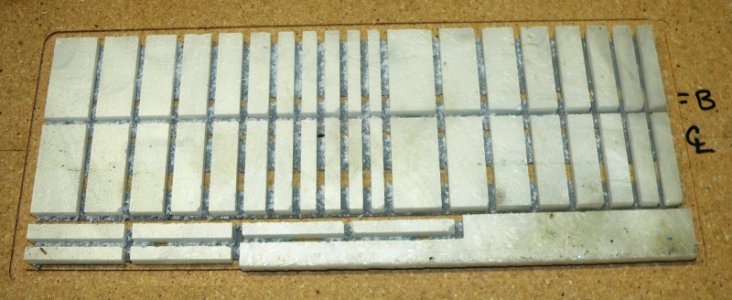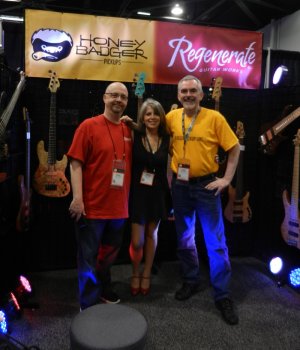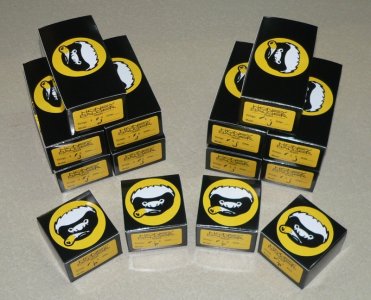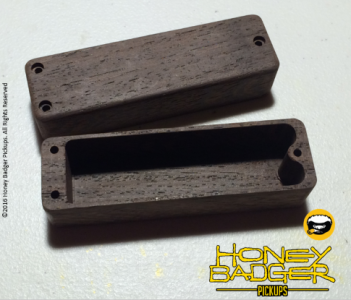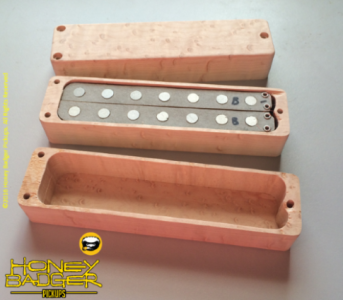SkuttleFunk
Hero Member
- Messages
- 1,156
I remember those curly cables ... pulled over my Sunn Concert head and a 215 cab at practice one afternoon in the early 80's 
reasonably decent sounding rig with the '75 Jet-glo 4001 Ric I was playing at the time. Sounded better with the '76 Autumn-glo Ric I got just before replacing the Sunn with a Yamaha combo (sounded good in the practice room, farted in a live setting) which was quickly replaced with one of the first D-180 + 215 RoadReady units to leave the Mesa shop.
some gear you miss, and other served its purpose and you move on. was really reminiscing about the Rics a couple years back, and then played a friends '74 4001 ... within about 30 seconds I lost all of my yearnings. great bass, set up perfectly, had the classic Ric growl ... just not where I am as a player these days
I played the Mesa rig for years, thru an unending number of different basses, and across many state lines. My ears miss the Mesa rig, but my back thanks me for trading out rack gear in the early 90's. these days I travel light with a bass and a Raven Labs MBD-1, only carry a amp/cab to a gig if I suspect the backline isn't provided
reasonably decent sounding rig with the '75 Jet-glo 4001 Ric I was playing at the time. Sounded better with the '76 Autumn-glo Ric I got just before replacing the Sunn with a Yamaha combo (sounded good in the practice room, farted in a live setting) which was quickly replaced with one of the first D-180 + 215 RoadReady units to leave the Mesa shop.
some gear you miss, and other served its purpose and you move on. was really reminiscing about the Rics a couple years back, and then played a friends '74 4001 ... within about 30 seconds I lost all of my yearnings. great bass, set up perfectly, had the classic Ric growl ... just not where I am as a player these days
I played the Mesa rig for years, thru an unending number of different basses, and across many state lines. My ears miss the Mesa rig, but my back thanks me for trading out rack gear in the early 90's. these days I travel light with a bass and a Raven Labs MBD-1, only carry a amp/cab to a gig if I suspect the backline isn't provided



